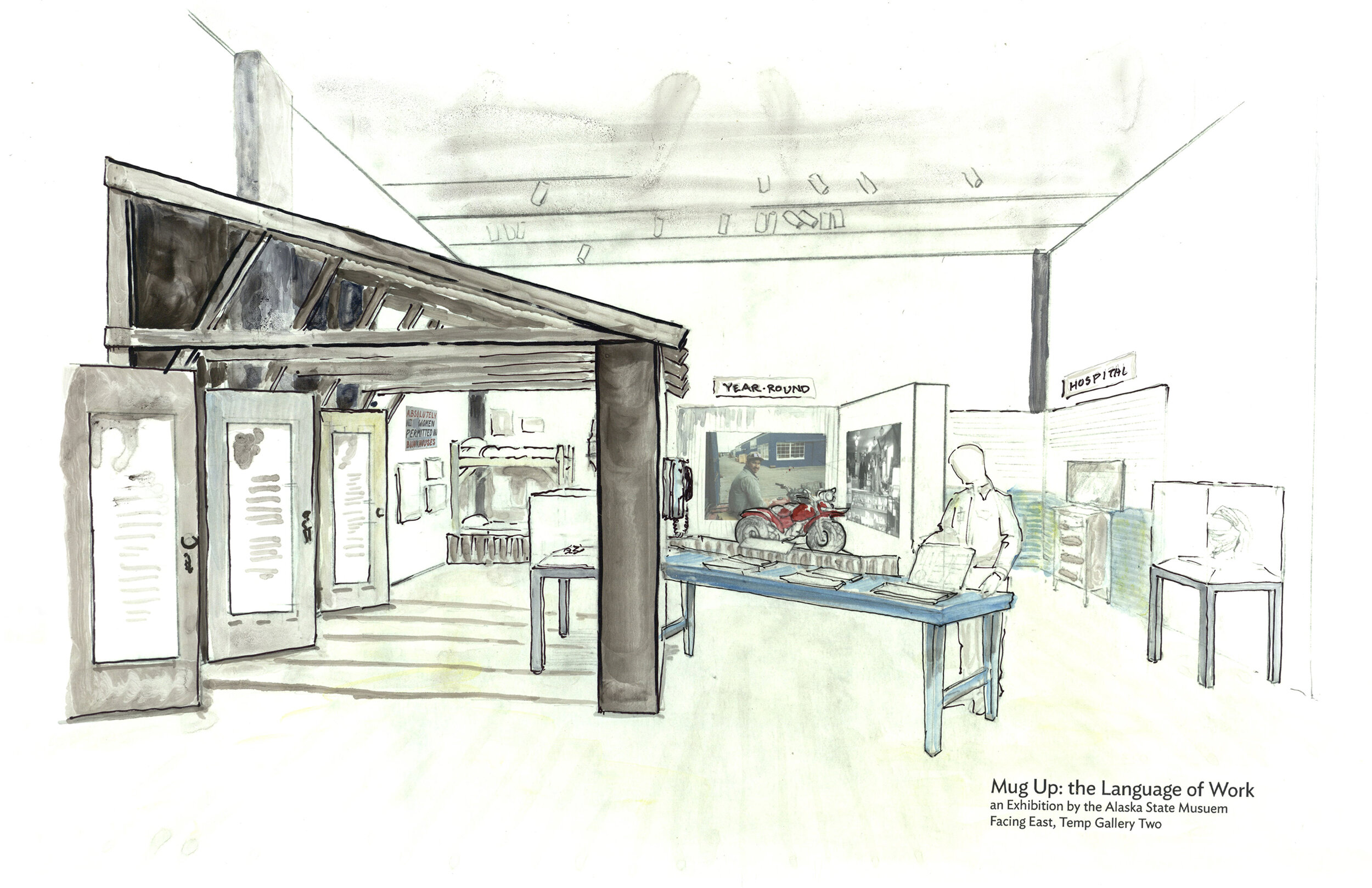Alaska State Museum Exhibit
“The whole is more than the sum of its parts.”
Aristotle
Mug Up: The Language of Cannery Work opens
April 1 – October 8, 2022
Entitled “Mug Up” after the cannery term for a coffee break, the exhibition shares stories of Alaska’s cannery crews and showcases artifacts from the canned salmon industry through the lens of the Alaska Packers Association’s <NN> (Diamond NN) Cannery, located on the Naknek River in Bristol Bay, Alaska.
Underpinning the Mug Up exhibition is the larger theme that Alaska canneries’ 15-minute ‘mug ups’ brought together diverse cannery workers who provided essential labor and created a unique social milieu within the cannery workscape.
Mug Up is a journey through a typical salmon cannery, building-by-building, using each space to spotlight the labor and social history behind one of Alaska’s most significant industries. Rather than machines, Mug Up is about people whose stories, until now, were sheltered in the shadows of history.
The Mug Up exhibition is presented in three sections: Storied Salmon, Working Waterfront, and Cannery Community. From the slime-liners (slimers) to the superintendent, these stories collectively represented the workforce that brought the Industrial Revolution to the North.
Matthew Burtner composed the soundscape. Filmmakers include Jensen Hall Creative, Anna Hoover, and Sharon Thompson. Both the soundscape and exhibit films were produced by the NN Cannery History Project.
The NN Cannery History Project is partnering with the Alaska State Museum to produce a world-class museum exhibition called Mug Up: The Language of Work that will share the oft-forgotten stories of the multitudes who canned salmon and created an ethnically diverse, economically vital, cannery culture.
Framing the Mug Up exhibition is its ‘big idea,’ that the cannery’s 15-minute ‘mug ups’ brought together diverse cannery workers, who provided essential labor and created a unique social milieu within the workscape of Alaska’s salmon canneries that, collectively, represented the industrial revolution of North. Inspiring our visitor experience is John Steinbeck, who famously wrote in Cannery Row that, the best way to write about canneries is “to open the page and let the stories crawl in by themselves.”
Mug Up Exhibition Floor Pan
Mug Up takes visitors on a building-by-building journey through a salmon cannery, using each space to spotlight the labor and social history behind one of Alaska’s most significant industries. Framed by ASM’s three temporary galleries and an ancillary theater, the Mug Up exhibition is presented into four sections: Storied Salmon, Working Waterfront, Cannery Community, and Cannery Caretakers.
Mug Up Exhibition Alaska State Museum
The first gallery presents Storied Salmon, which offers visitors two separate entry points into the exhibition. Here, visitors encounter five sections that establish a “sense of place” and introduce them to Mug Up, the canned salmon industry and the unprecedented salmon runs on which Alaska’s rich cannery history is founded. Rather than chronological, Mug Up’s storyline is place based, therefore, visitors start and end the exhibition at the same point. Storied Salmon’s proximity to the museum’s children’s gallery makes it a prime spot for a family-friendly activity: designing a personal salmon can label.
Working Waterfront | Alaska State Museum
The second gallery presents Working Waterfront, which features eight sections highlighting the specific and highly skilled work tasks involved in canning salmon and the diverse laborers who conducted it. Included in Working Waterfront is a scale model of the NN Cannery, created by Alutiiq artist Andrew Abyo. The third gallery presents Cannery Community, which features seven sections on the cannery’s social experiences that mirrored broader currents of American history. A fourth space serves as a theater where visitors can view the 30-minute Cannery Caretakers film (produced by Jensen Hall Creative), the five-minute The Rock: The Story of an APA Superintendent, Norm Rockness film (produced by Unangax filmmaker Anna Hoover), and several short digital storytelling videos (produced by Bristol Bay High School students). Overall, Mug Up includes 20 different sections and over an hour-and-a-half of professionally produced, original video content.
Courtesy of the Alaska State Museum
Visitors soon discover that, rather than machines, the Mug Up exhibition is about people, whose stories were sheltered in the shadows of history. Giving a face to the historically underrepresented is the ‘Cannery Chorus,’ an assembly of cannery figures represented through labels, objects and text, who, like Shakespeare’s Chorus in Henry V, guide visitors from building to building, introduce them to the diverse crews therein, and explain the undercurrents of the history and work activities.
If you have an object, story or photo you’d like to share, WE WANT TO HEAR FROM YOU!

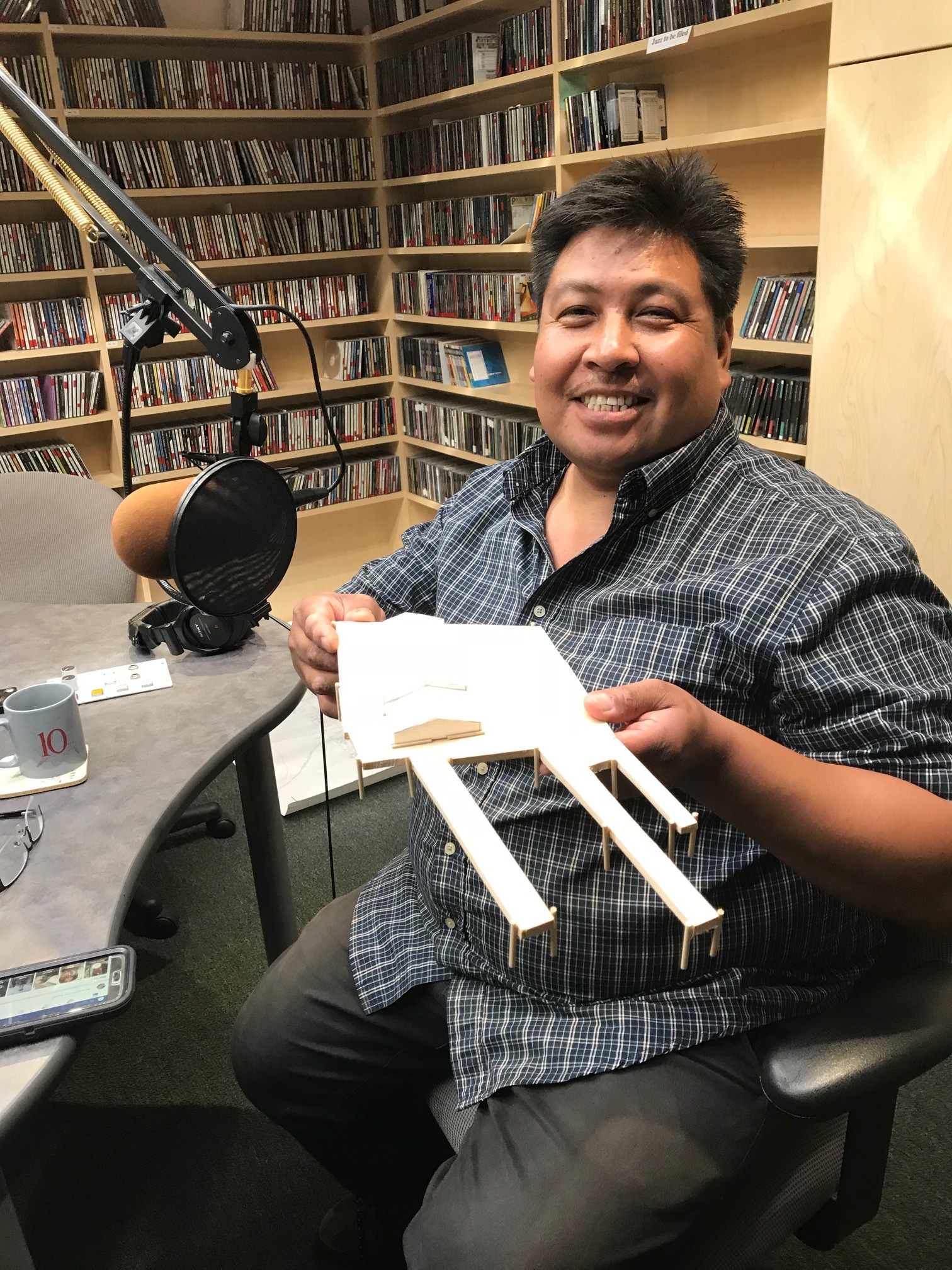
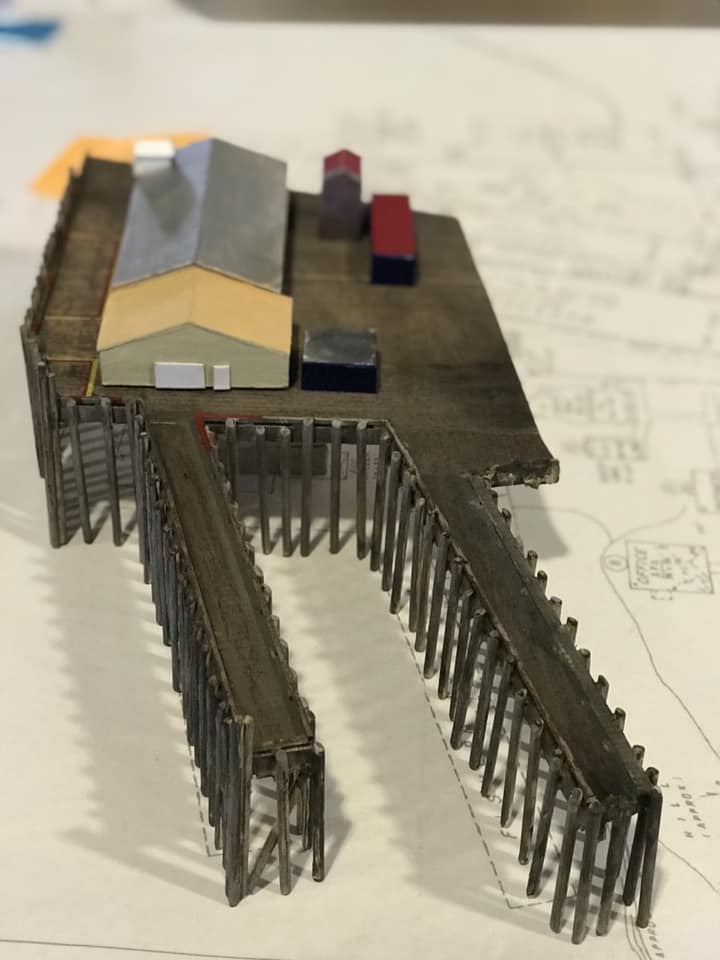
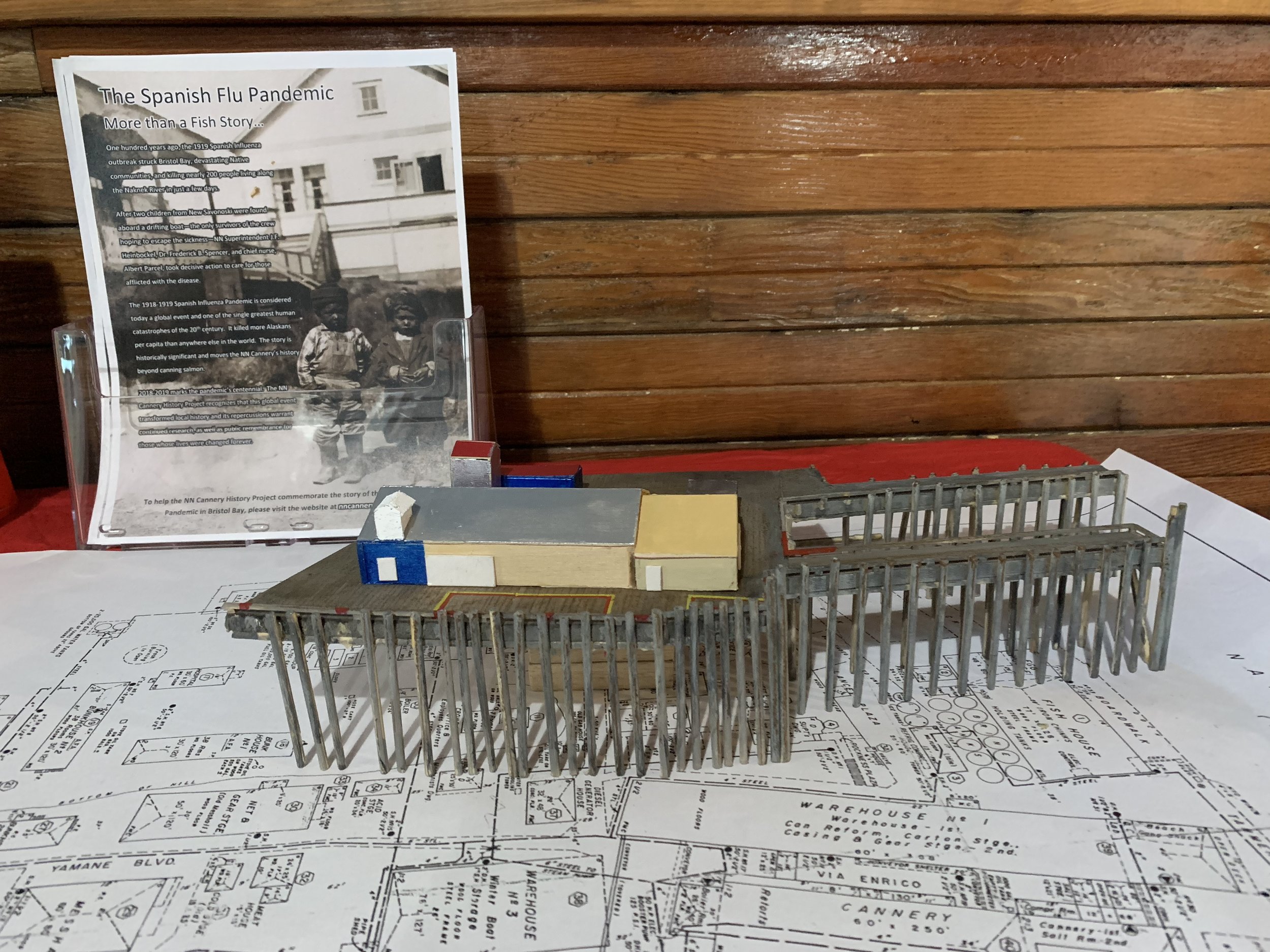

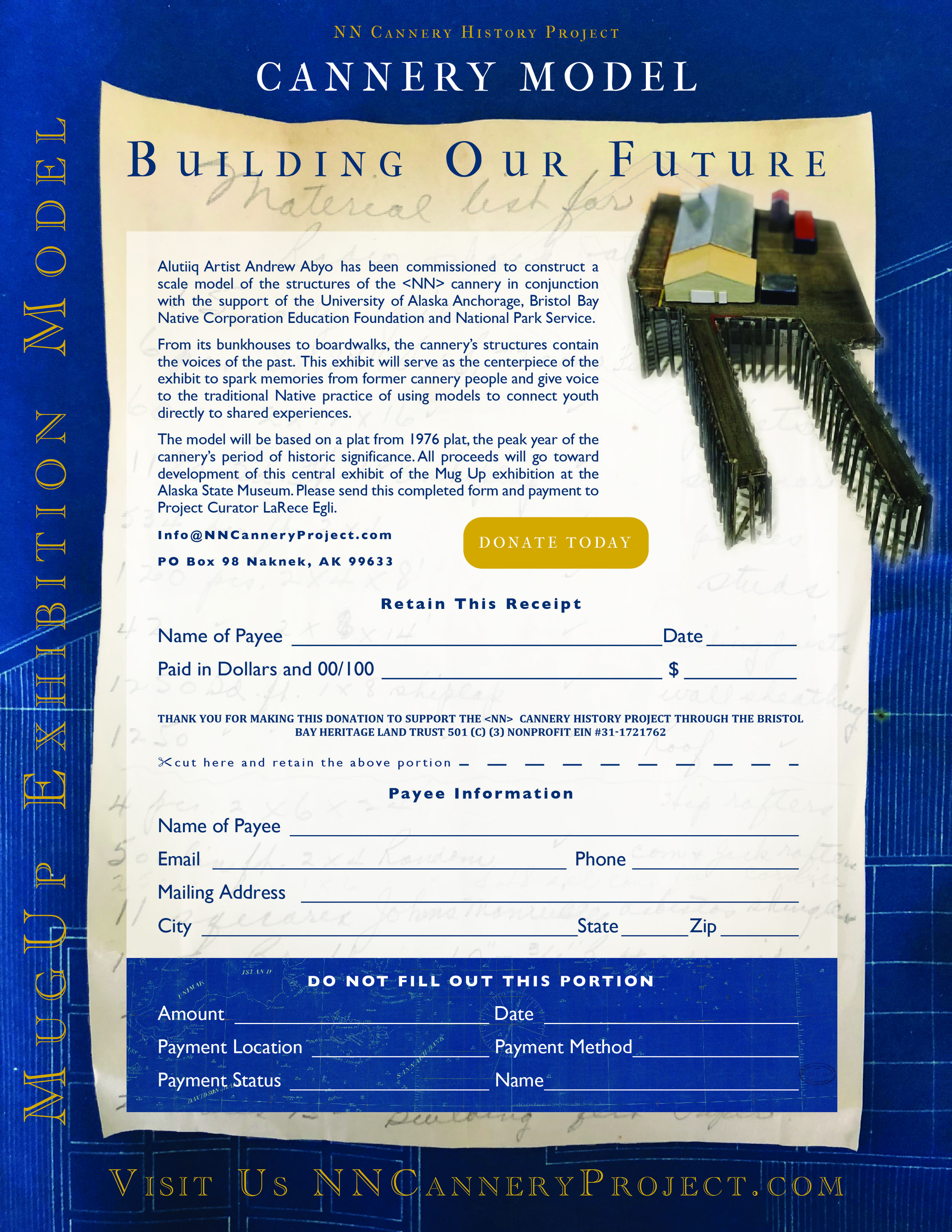

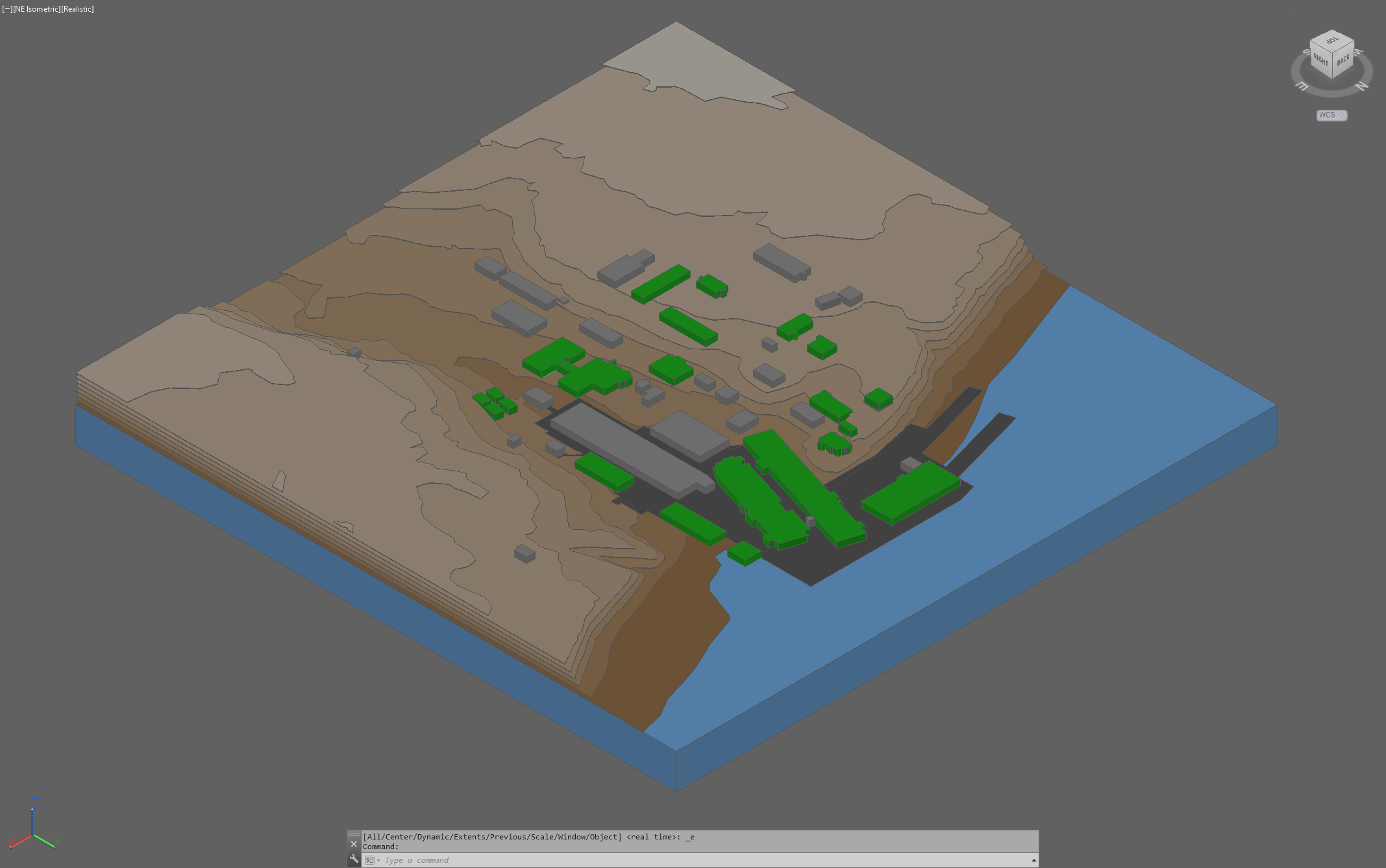
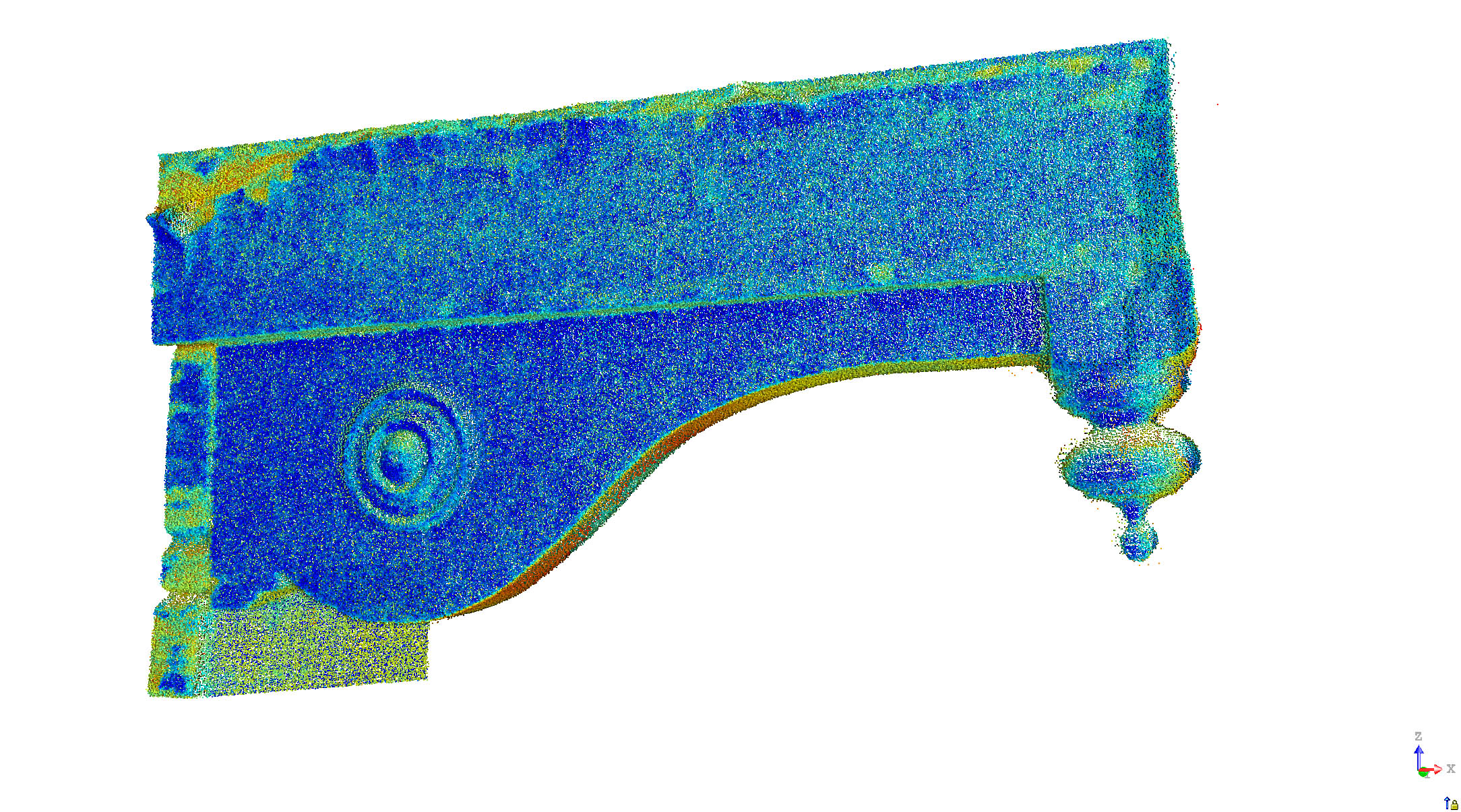
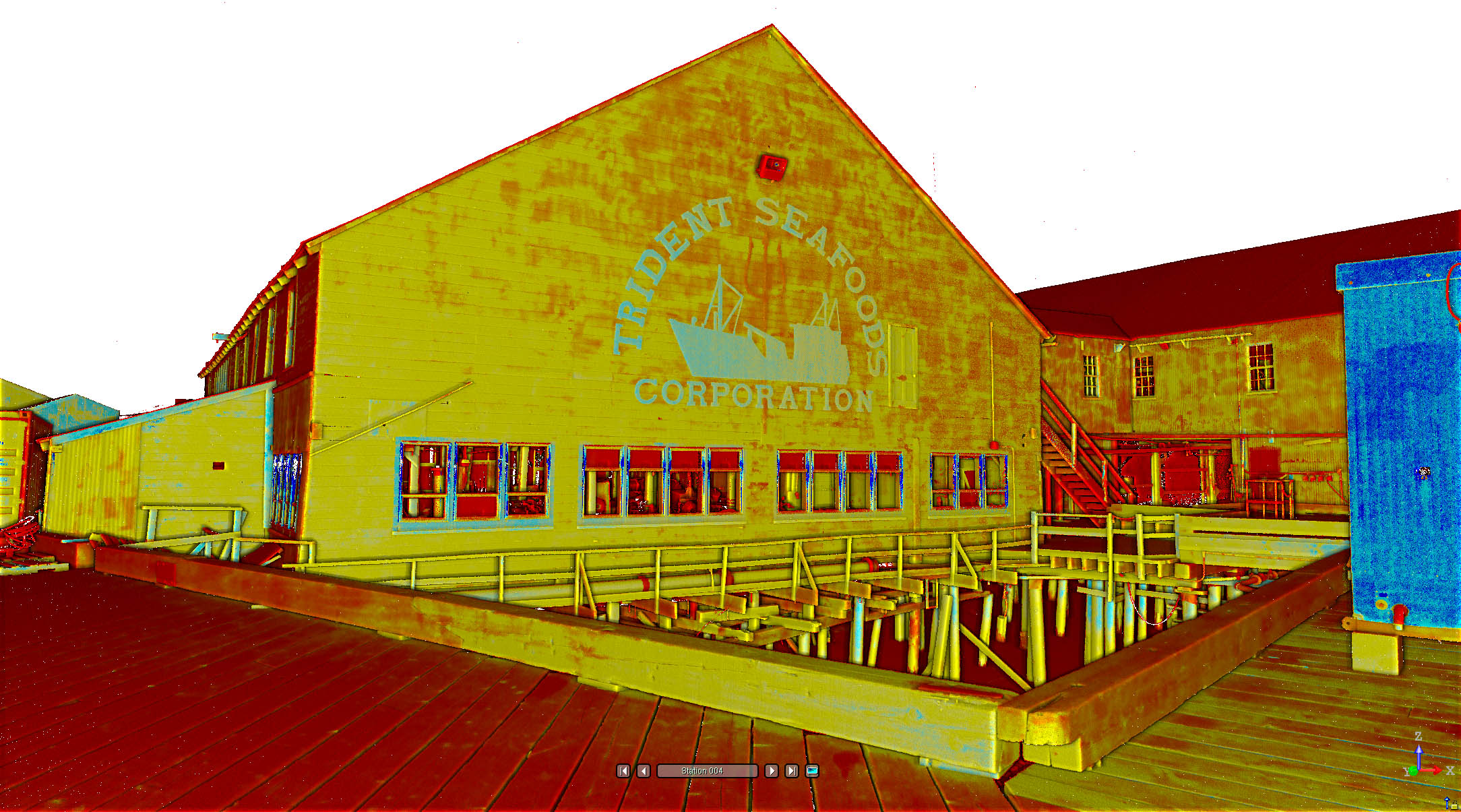
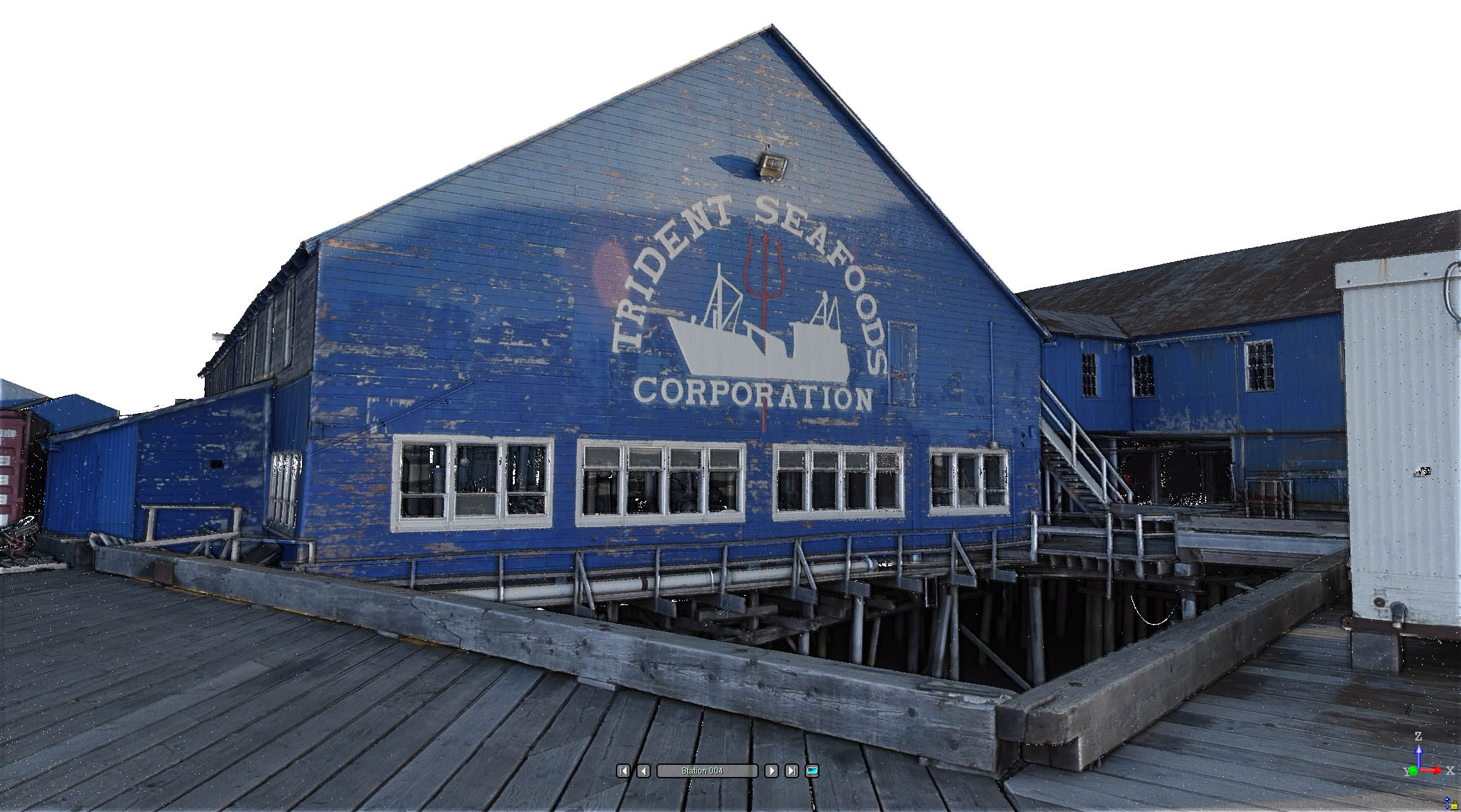
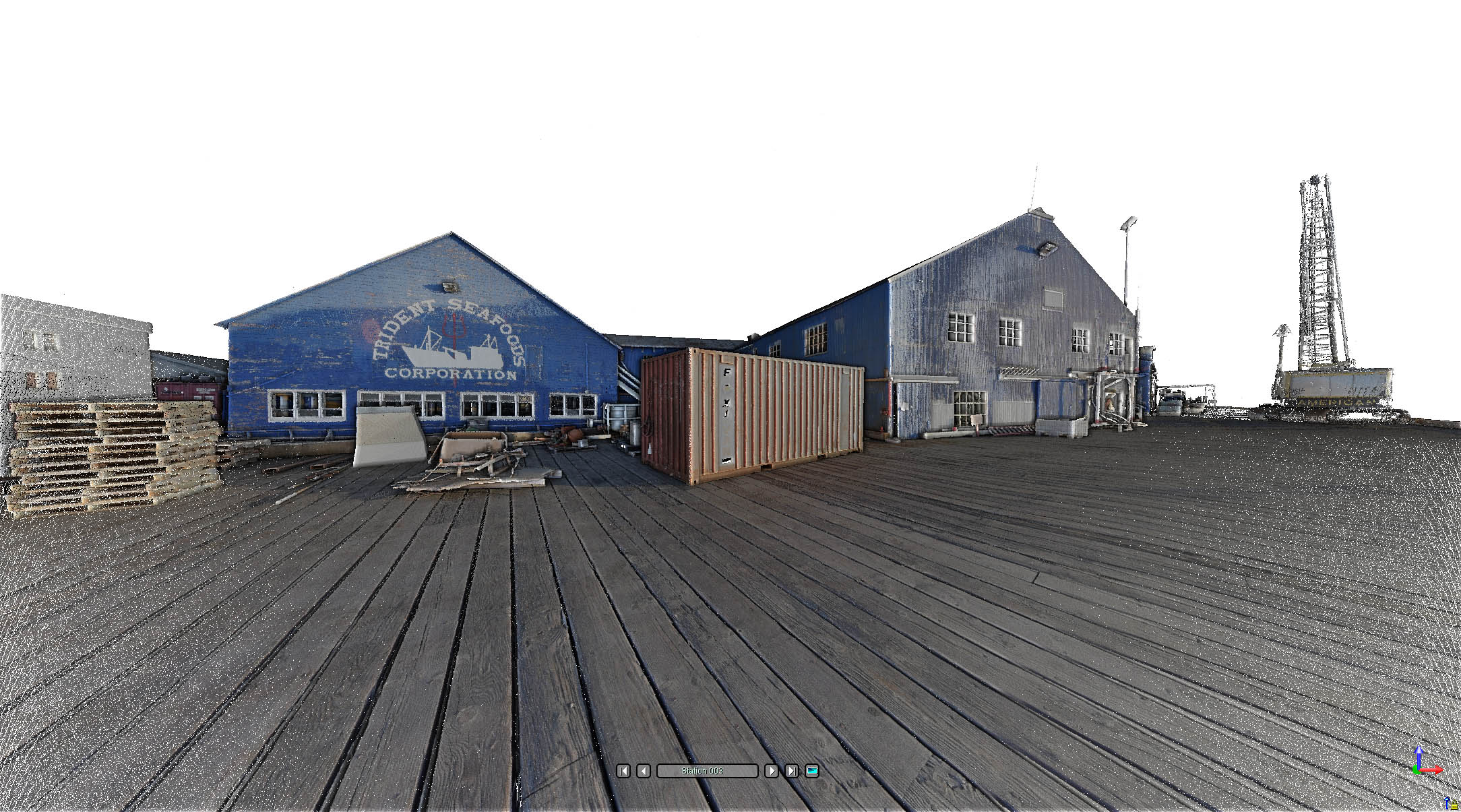
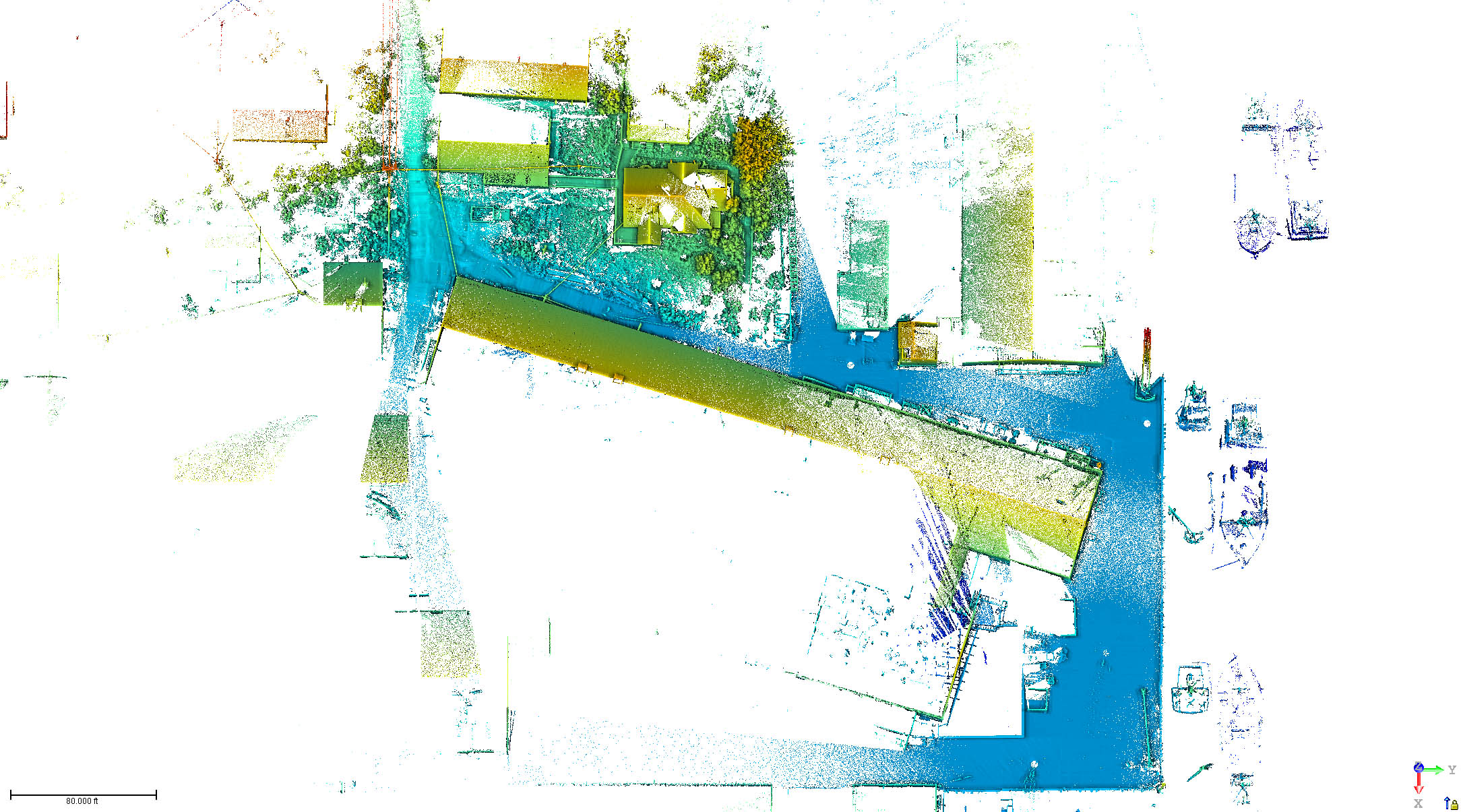
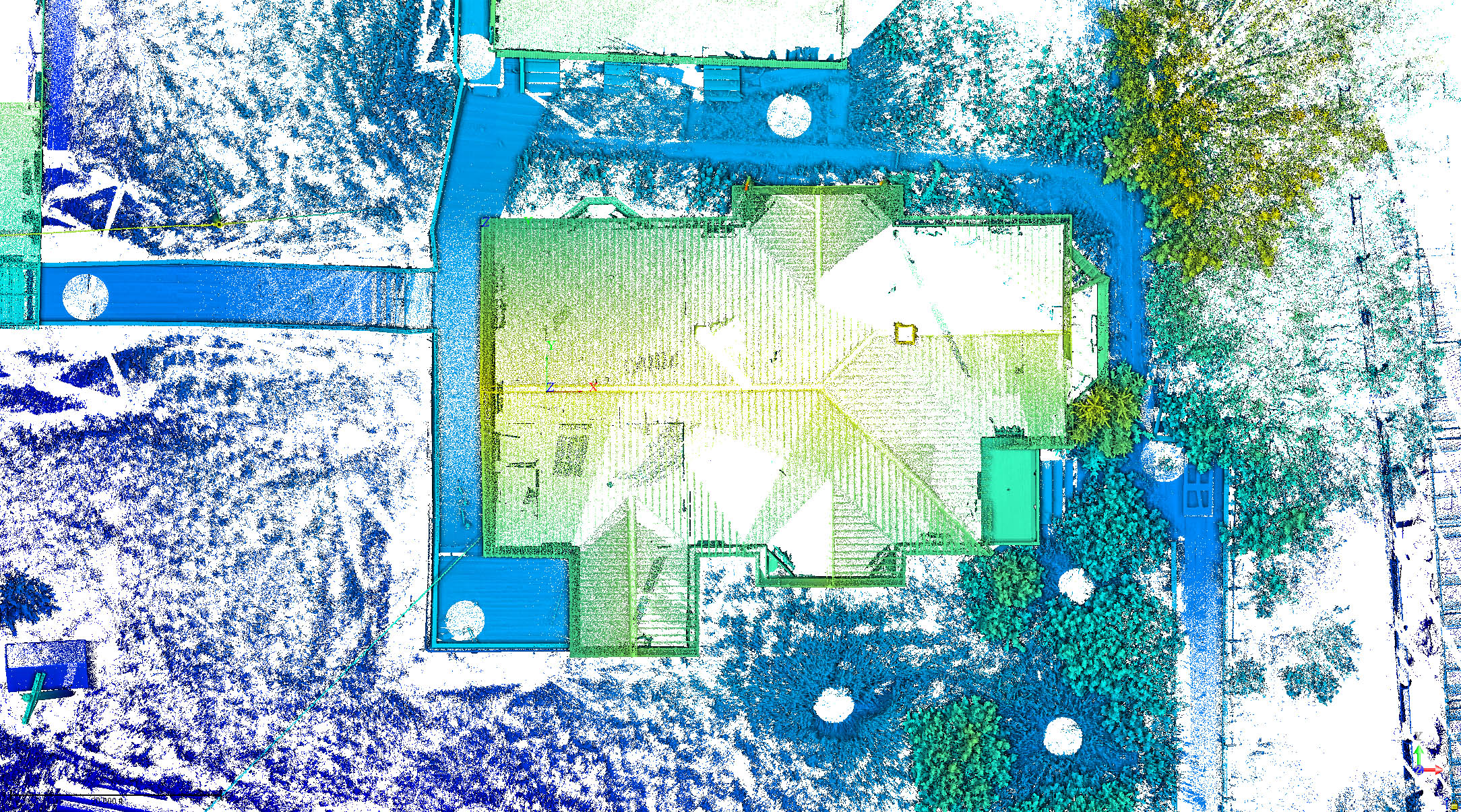
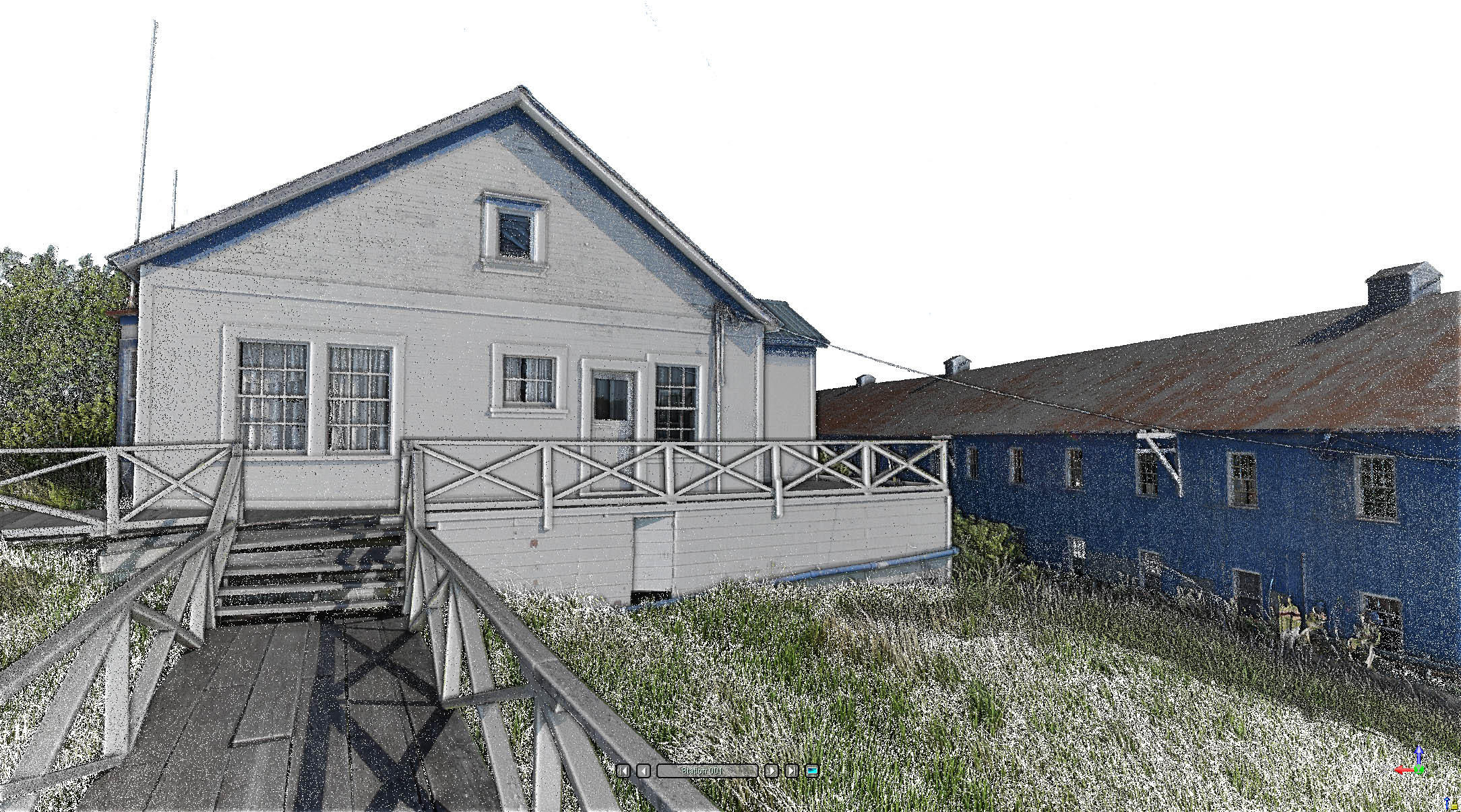
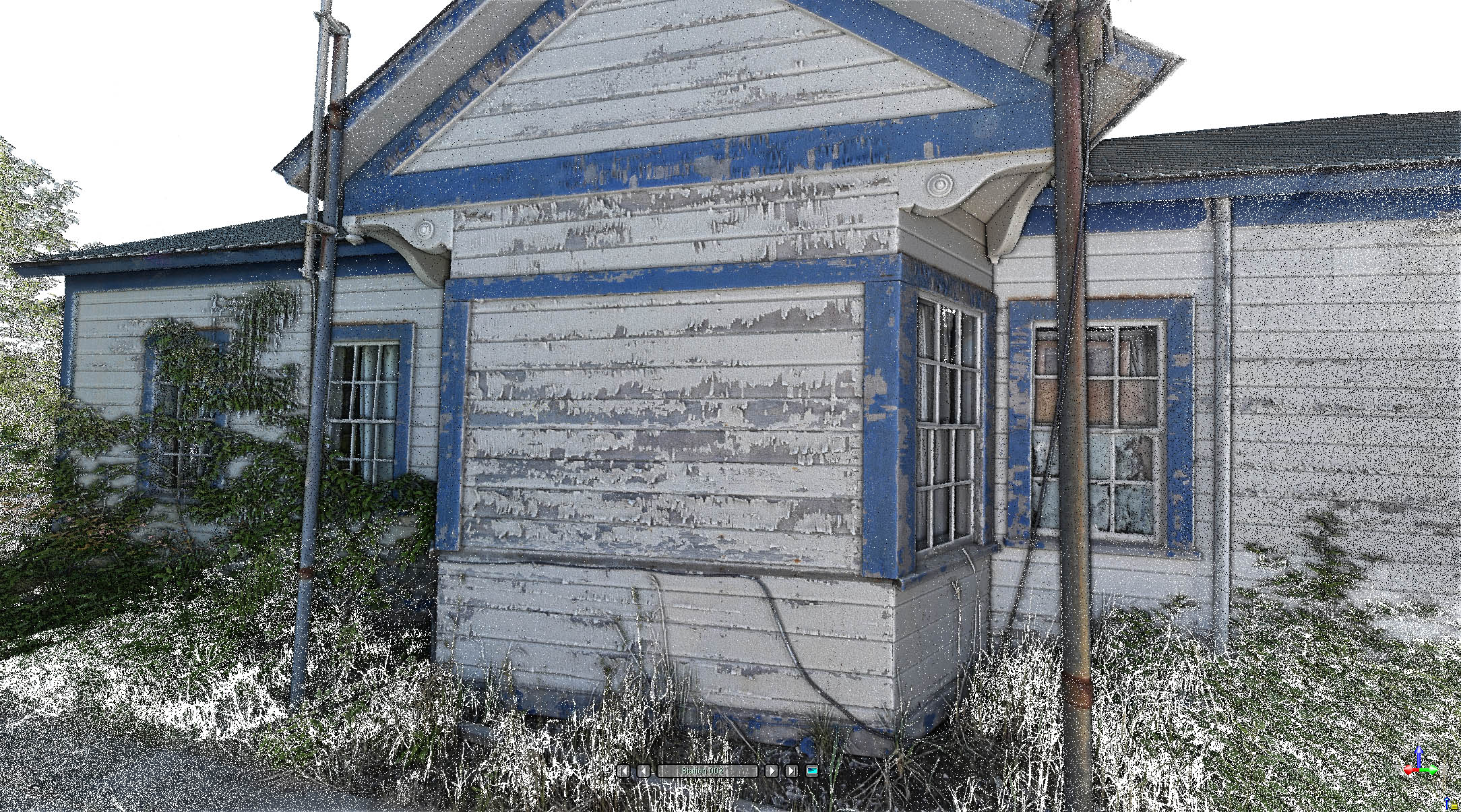
Alaska State Museum
The Alaska State Museums (a state educational agency comprised of the Alaska State Museum and the Sheldon Jackson Museum) identify, collect, preserve and exhibit Alaska's material and natural history and provide public access to services and collections of the Museums. The Alaska State Museums interpret and disseminate knowledge of the history of the state, its people, and its resources, and support others in these efforts. The Museums also assist and advise in the growth, development, and excellence of other museums within Alaska.
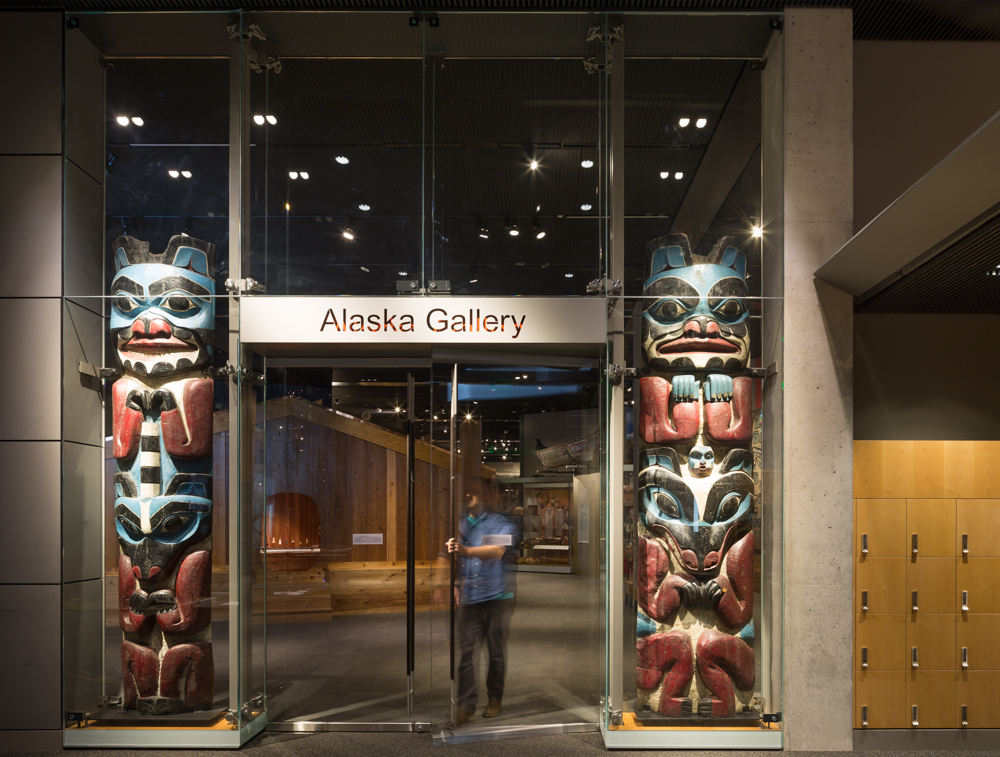
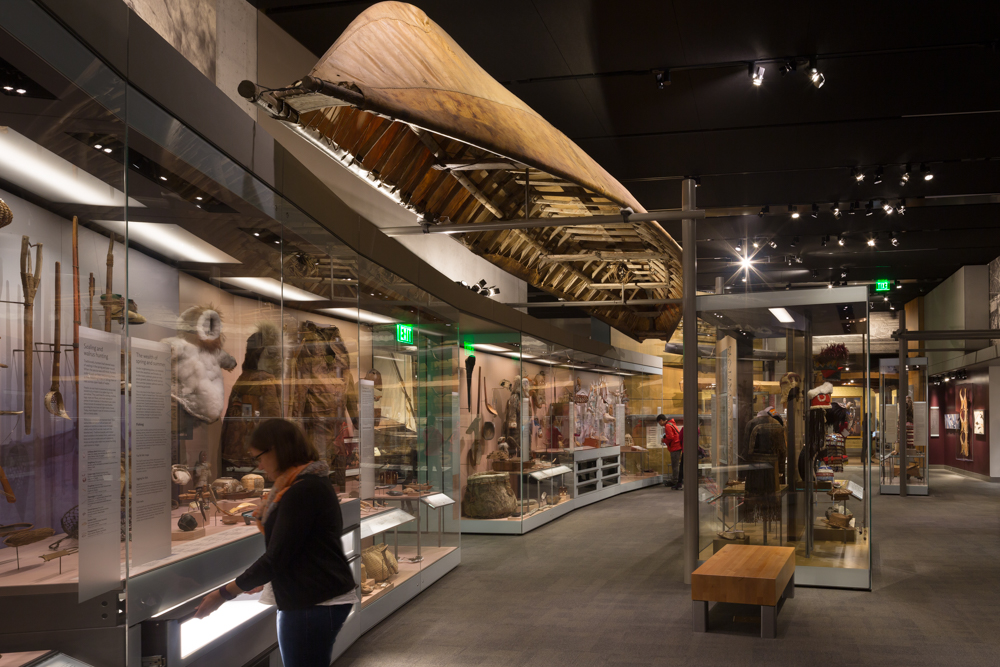
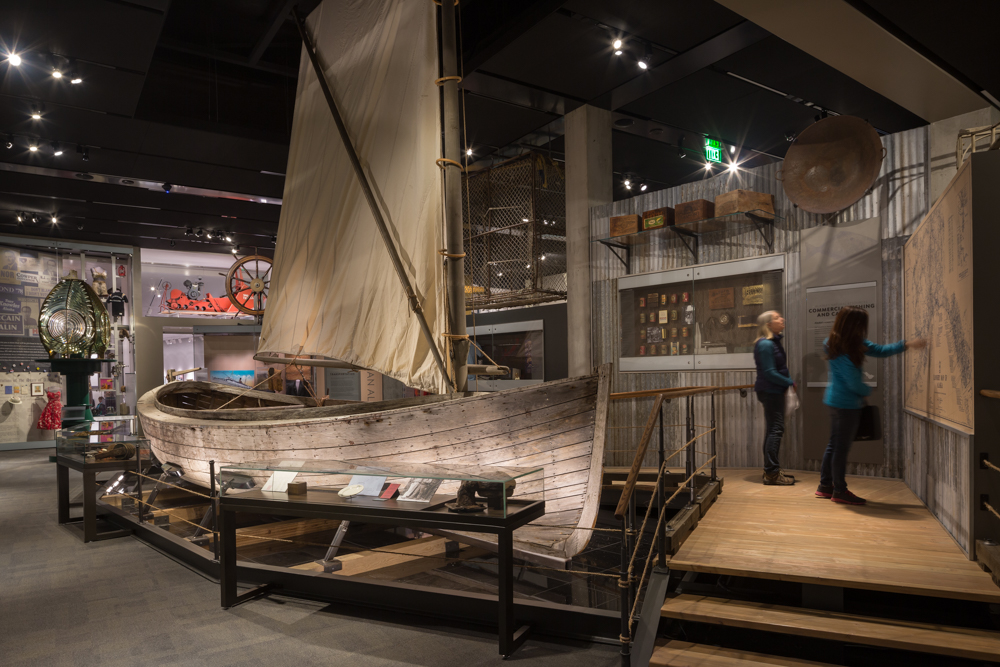
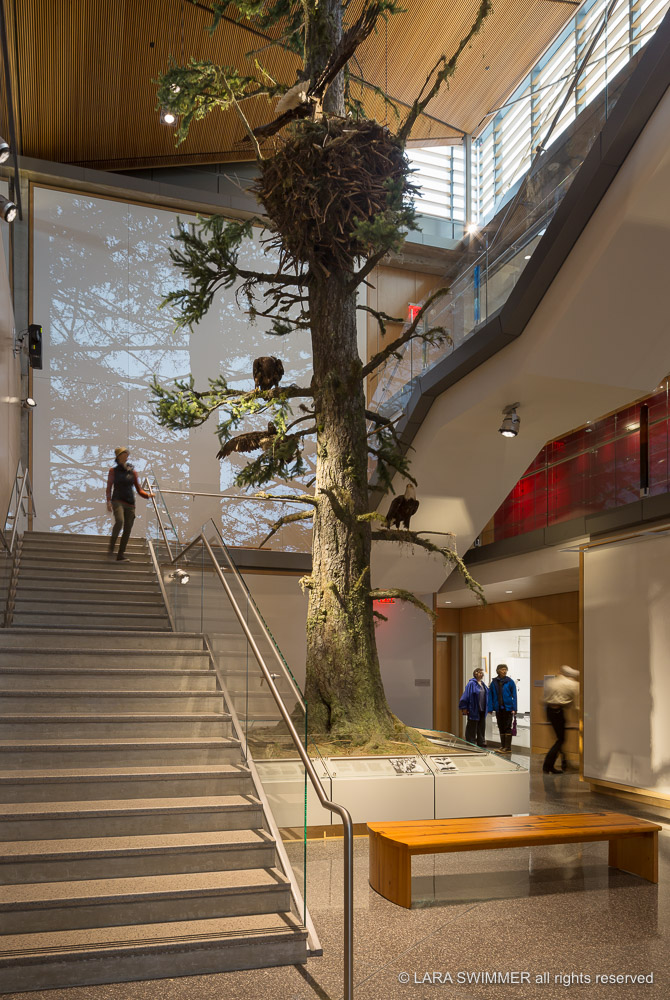
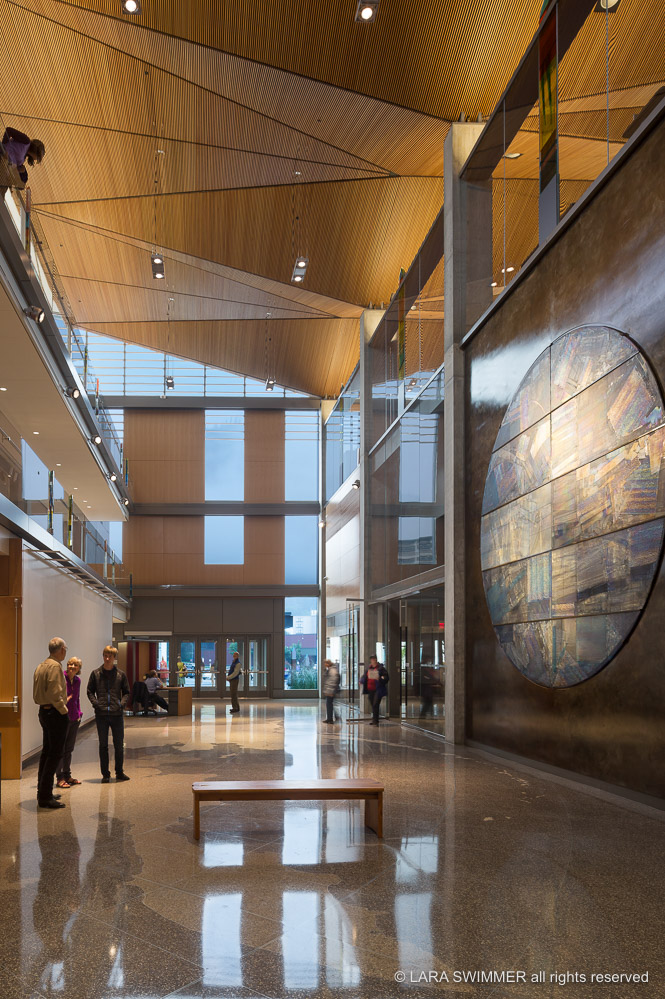
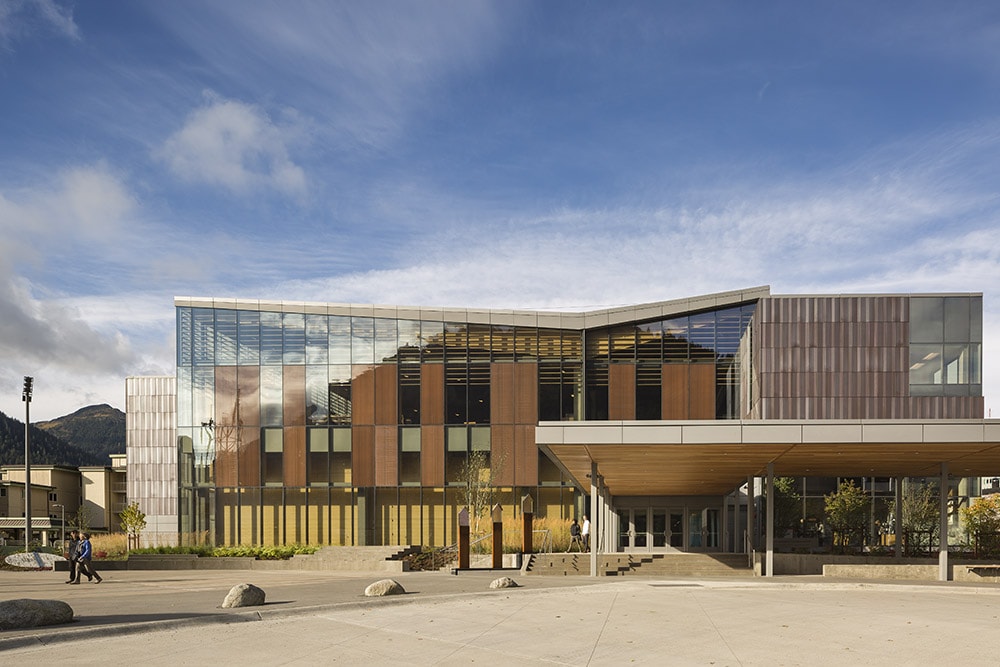
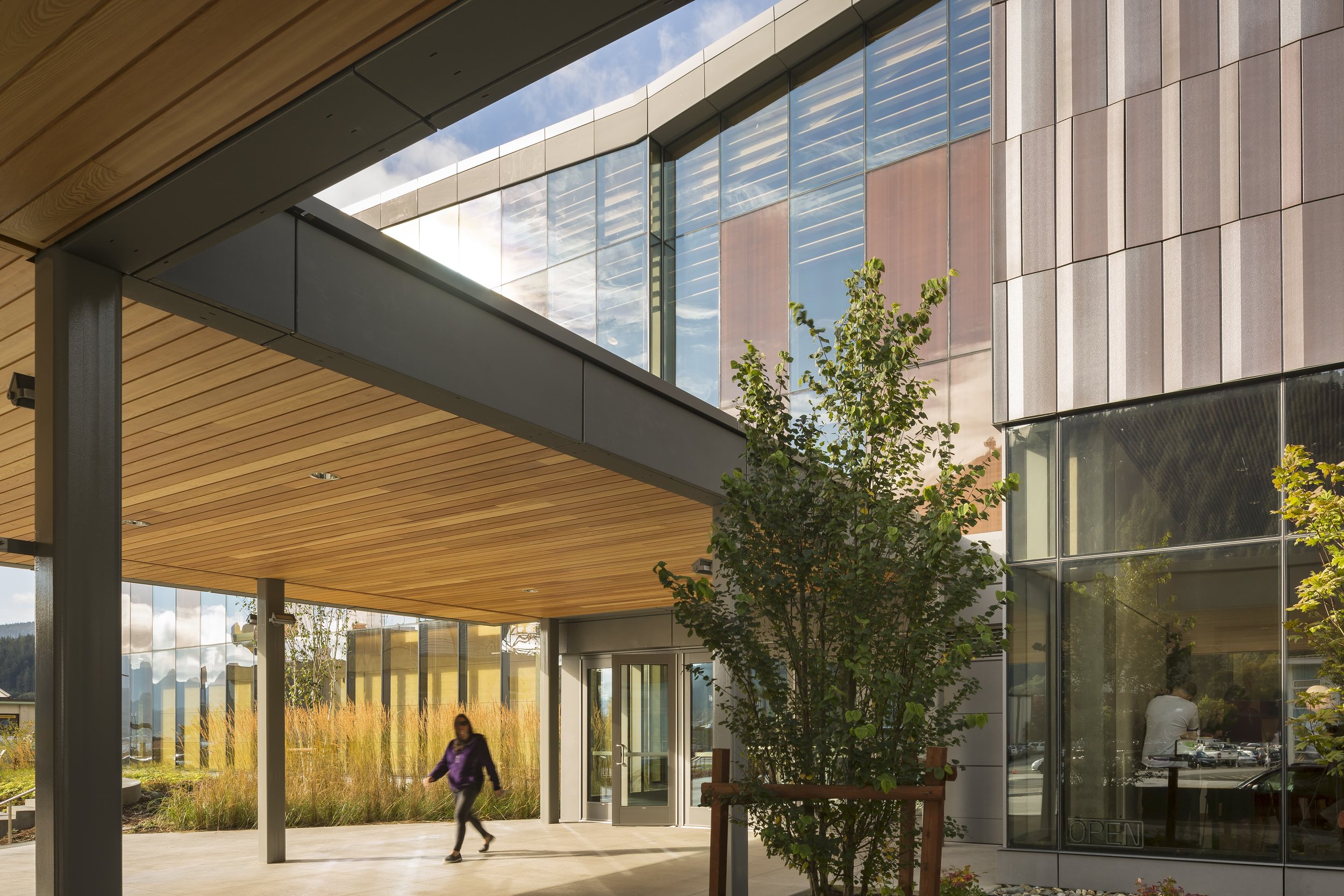
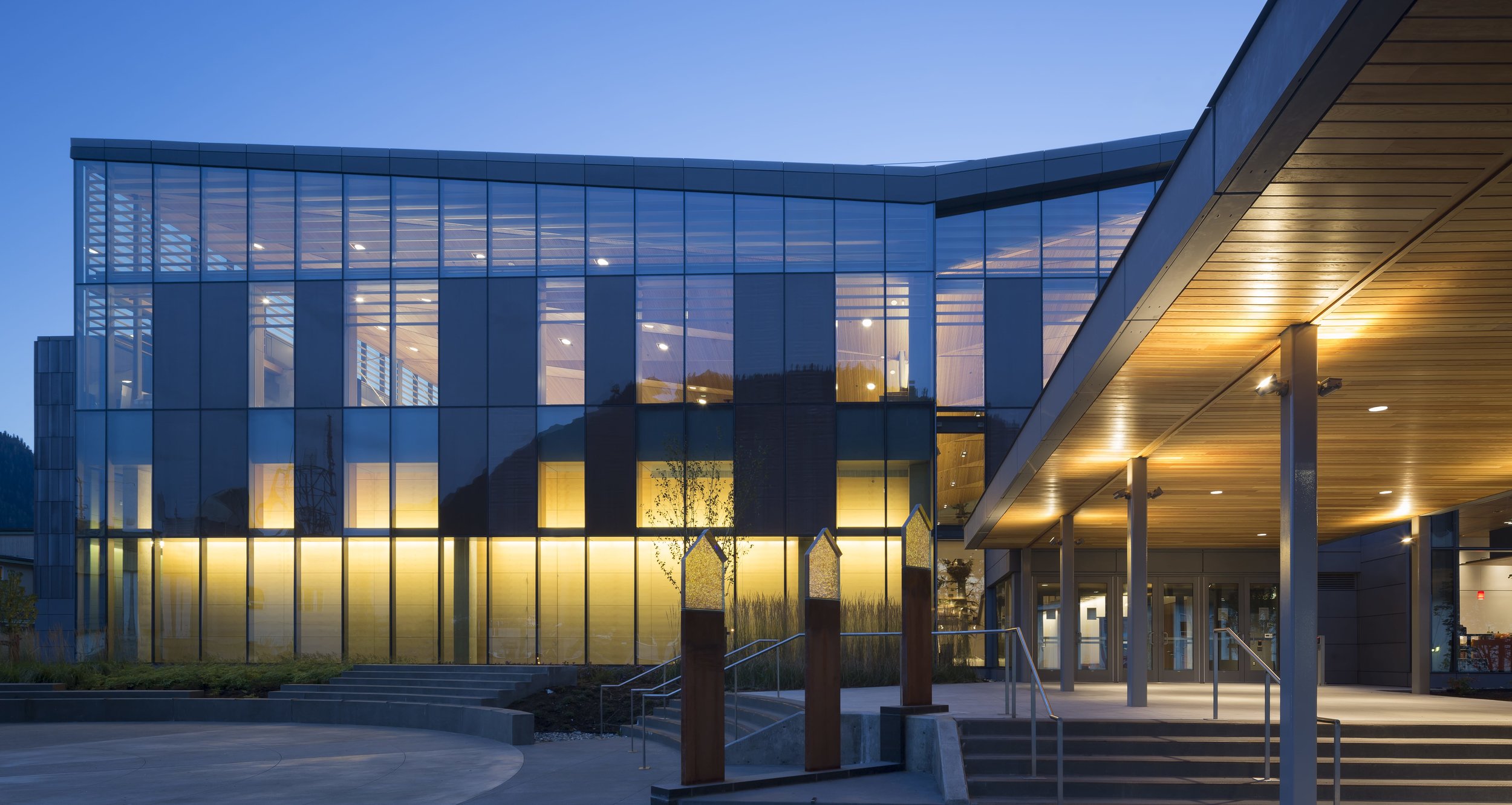
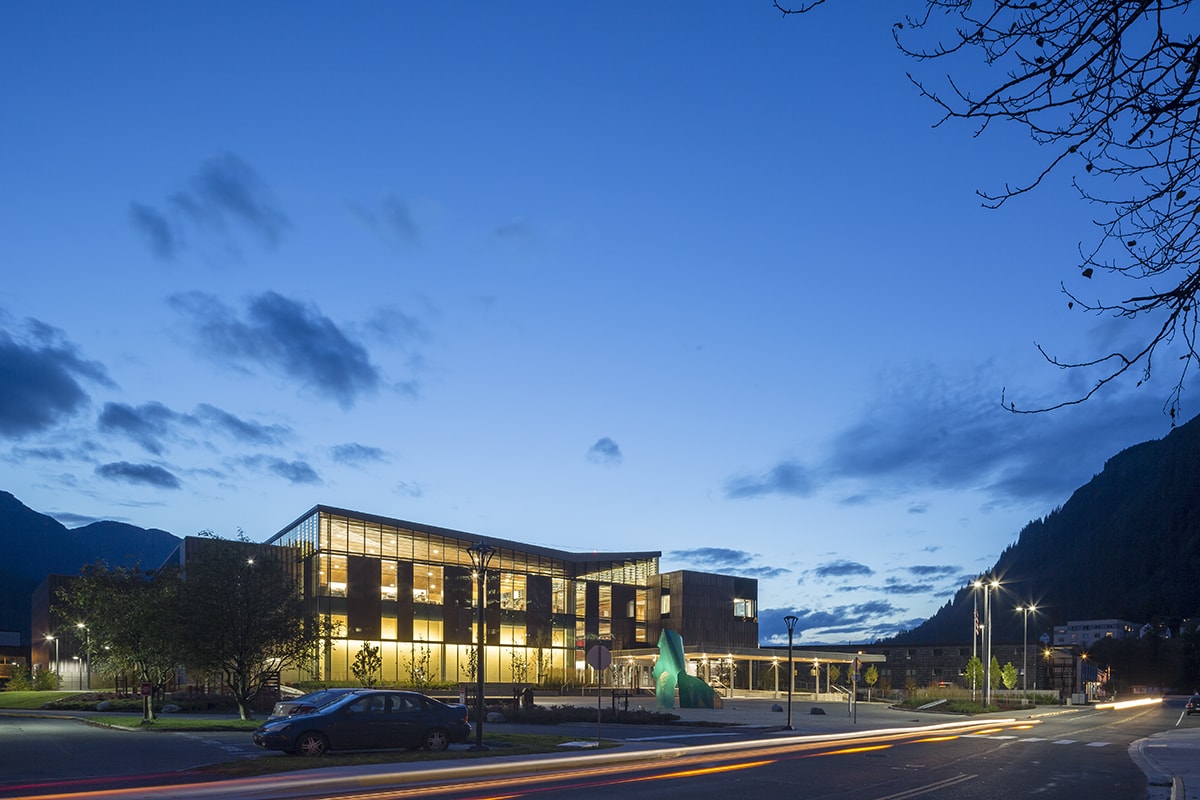
Follow the Friends of the Alaska State Library, Archives, and Museum on Facebook...




